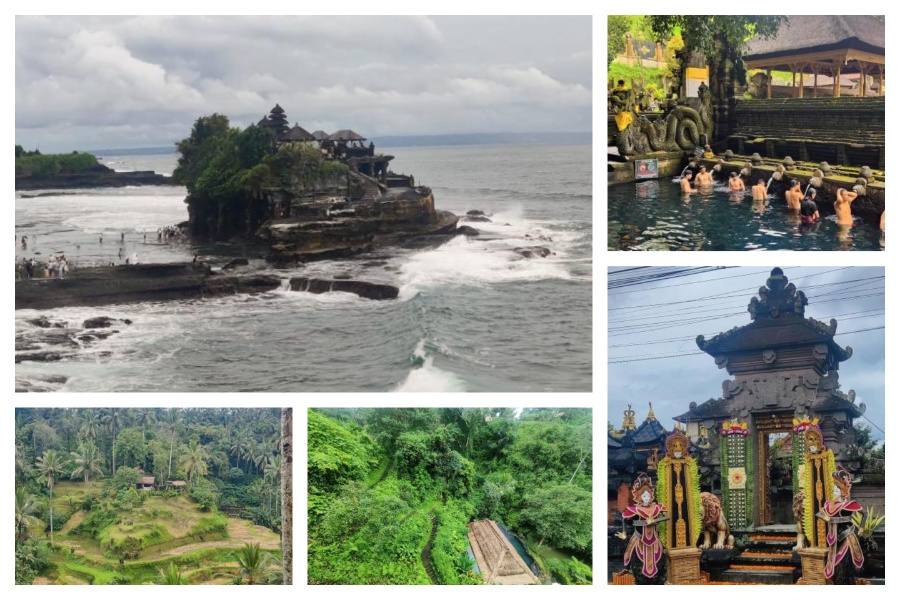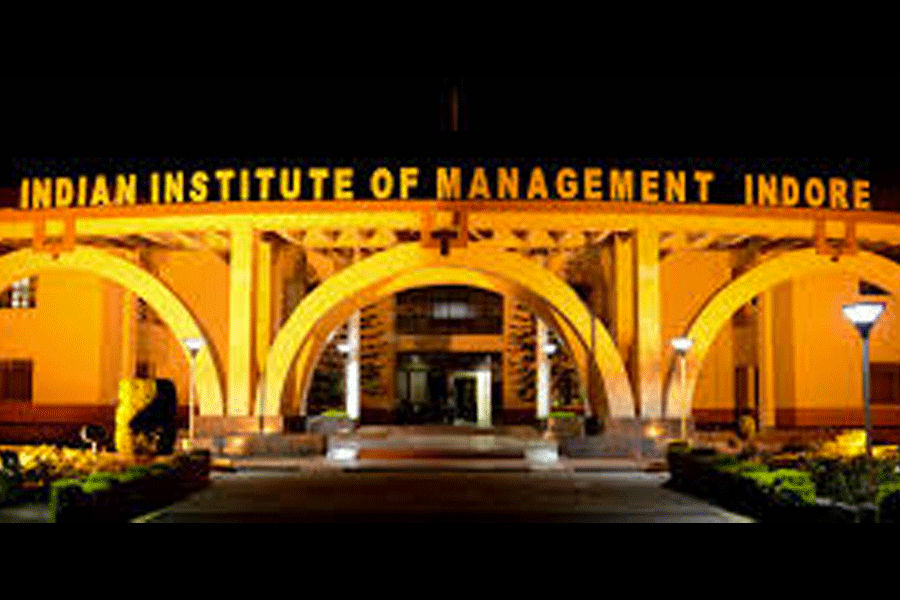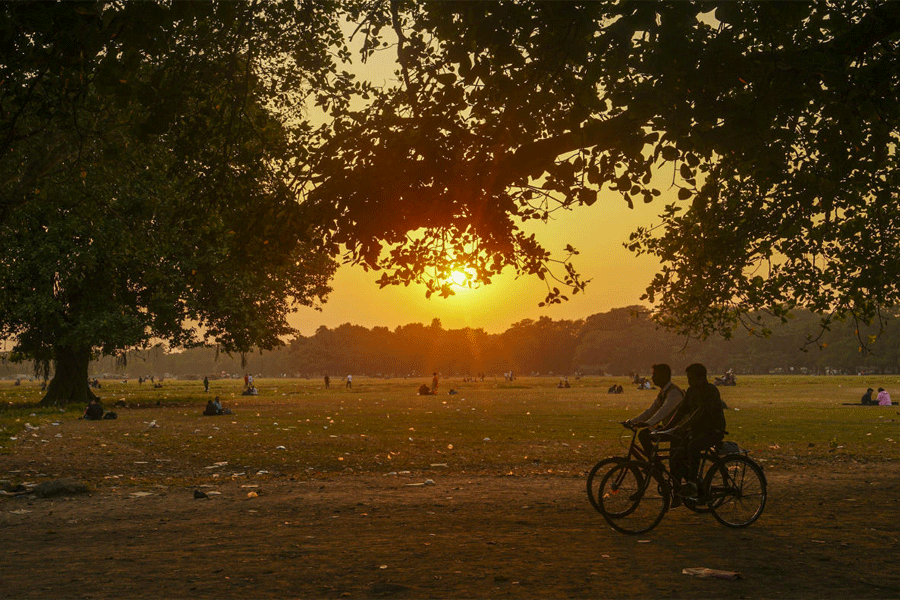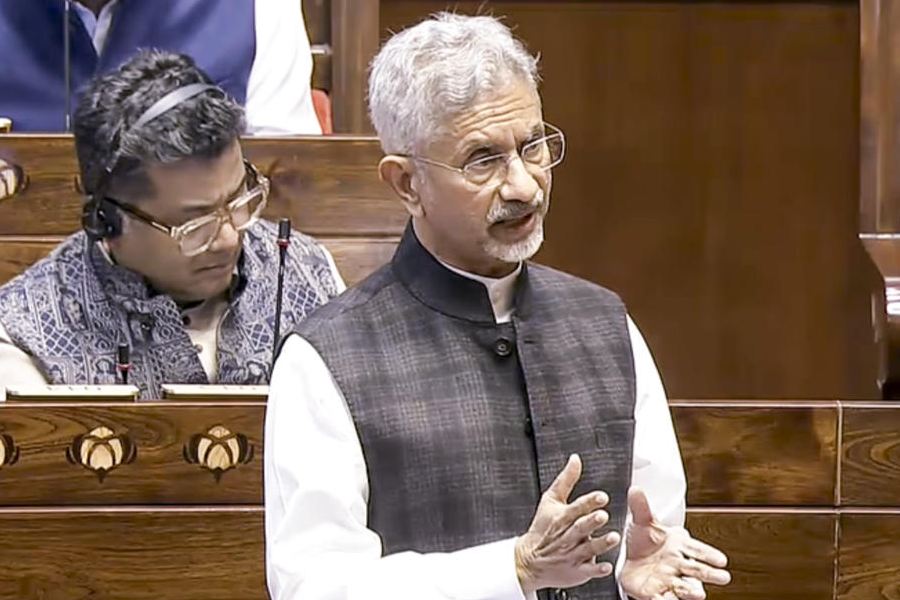Indians have invaded Bali! When we first visited Bali, Indonesia, in the summer of 2005, there were hardly any Indian tourists — or tourists of any kind, for that matter. That year, a terrorist attack in Bali’s most popular tourist area claimed around 200 lives, devastating the island’s tourism industry. We arrived in the immediate aftermath of the infamous ‘Bali Bombings’ when only a trickle of visitors had begun to return. Back then, we experienced a tranquil, almost pristine Bali. At the time, Australians made up the bulk of foreign tourists. Today, however, Russians and Indians are everywhere on the island.
Our second trip in 2016 was less than satisfactory. The beaches were crowded and the same restaurants or cafes where we had met hardly any tourists in our previous visit, were overflowing. Hence, we escaped to a nature reserve at the northwest corner of Bali, called Menjangan, to experience the wilderness.
Bali is one island out of more than 17,000 which constitutes the archipelagic nation of Indonesia. Archipelago is defined as a chain of islands, scattered in a body of water such as a sea or ocean.
In terms of climate, Bali experiences a tropical monsoon climate with distinct wet and dry seasons. The dry season runs from April to September, characterised by warm temperatures ranging from 27°C to 32°C and lower humidity levels. Conversely, the wet season lasts from October to March, when temperatures remain warm but humidity increases significantly, leading to higher rainfall. Despite the rain during this period, many tourists still visit due to Bali’s year-round appeal.
A do-nothing lifestyle
Bali appeals to all kinds of travellers, across all ages. Although most tourists gravitate towards the beaches of Kuta, Nusa Dua, Seminyak and Sanur, there are relatively less crowded but charming retreats. Our first foray, outside the beaches in Bali, was to the Menjangan Island. It is located off the northwest coast of Bali. The island is named after the Javan Rusa deer. We were startled to see one of them looking at us when we were sitting in our tent amidst a dense forest. Menjangan is known for its pristine beaches and opportunities for diving and snorkelling.
There is something in the ambience of the whole of Bali that will make you want to come back.
This time, we mulled two options: Ubud or Nusa Penida. We chose Ubud, not because of Julia Roberts but because of our memories of a day trip to Ubud in 2004 and Kunal Basu’s travelogue that reinforced those views.
We chose an off-peak time to go and stay in Ubud, which is about a two-hour drive from the main airport in Bali. Ubud is a serene gem. It was always known to discerning travellers, but it shot into prominence when part of the Hollywood film Eat, Pray, Love, starring Julia Roberts, was shot there.
In his magnificent book Moveable Feasts, co-authored with his wife Susmita Basu, Kunalda (Kunal Basu) encapsulates the quaintness and charm of Ubud through photographs and prose. Their book is a captivating exploration of the interconnectedness of travel, cuisine, and the arts.
The book seamlessly weaves anecdotes about food, culinary adventures, cultural traditions and historical insights. It is a treasure trove of anecdotes, recipes and photographs. I never knew that a Hollywood crew accompanied Rabindranath Tagore on a boat trip to Bali in 1927.
We decided to use Kunalda’s Ubud experience to the full and armed ourselves with a wish list of must-have experiences.
On the contrary, in Ubud, you can immerse yourself in nature and “do nothing”. I spent hours just gazing at the neon bright, lush green foliage across a hilly terrain with sounds of a waterfall merging into a river. For those who are not averse to trying out local alcoholic beverages, a glass of arak madu can only enhance the experience. Arak madu is also known as the poor man’s margarita, made from Bali’s favourite locally produced beverage arak, tinged with honey and lime. Ubud is an ideal place to just sit and watch the different shades of green wash over you.
For those who want to intersperse “doing nothing” with an exploration of places in and around Ubud, one is spoilt for choices.
Bites and tipples
The alternatives to “doing nothing” are trekking, hiking, visiting Insta-worthy local spots, shopping, getting a glimpse of their unique dance forms — kecak and barong, and eating. Shopping in Ubud is a different experience. Personally, I have never been to a place that offers such a rich array of local handicrafts. There are villages and streets with shops dedicated to wood carvings, weaving, batik printing, silver and gold jewellery and stone carvings.
A fascinating aspect of Ubud is how they have developed the concept of wellness tourism. There are numerous spas offering yoga and “healing” within a small geographical area. You can book sessions with a shaman or get introduced to the concept of “mystic healing” over a fireside dinner in a plush resort with the healer. One is spoilt for choices. Ubud also stands out as a haven for massage and spa lovers, where aficionados can indulge in a wealth of options, from tranquil retreats to rustic wellness escapes, throughout their stay.
I am not a spa-and-massage person but more of a pork rib-and-margarita/whisky sour man. Cafes in exquisite settings add to the experience. Naughty Nuri for pork lovers is a place praised by none other than Anthony Bourdain. They serve margaritas that apparently are the best in the world away from some places in New York. We loved their food and cocktails. Most restaurants have excellent vegetarian options, and organic foods and there are many vegan restaurants as well.
The appeal of many of these restaurants is the views they offer. Bali is famous for its rice terraces and the famous Tegalalang Rice Terraces is just 20-30 minutes from the Ubud town centre. It is a UNESCO World Heritage site that showcases Bali’s traditional rice farming techniques. One striking thing we noticed is how locals have cleverly harnessed the stunning scenery to entice visitors into capturing Instagram-worthy shots. Picture this: a swing perched amid rice fields, where you can sit draped in a flowing gown — available for rent — while a photographer snaps you in motion, the setting sun casting a golden glow against the lush green backdrop.
After the rice fields, perhaps the other most photographed place in Bali is the Tanah Lot Temple. It is about an hour’s drive from Ubud.
Temple run
Tanah Lot Temple is Bali’s most iconic landmark. Even the most jaded tourist will be moved by stunning coastal views.
Tanah Lot is perched dramatically on a rocky islet off the coast. The temple edifice, built in the 16th century, made of black volcanic rocks, appears to rise directly from the ocean. At high tide, the temple is completely surrounded by water, creating a mesmerising spectacle. We went there at sunset, and the sky erupted in a kaleidoscope of colours, casting a magical glow over the temple and the crashing waves. The sight is simply transcendental. The restaurant adjacent to the temple complex was serene. You can opt to watch the kecak dance they have on the restaurant grounds. The kecak dance features a chorus of bare-chested men chanting “cak-cak-cak” in rhythmic unison, their voices weaving a dramatic retelling of the Ramayana.
Religion binds India and Bali. The large majority of the population in Bali are Hindus. However, Balinese Hinduism is very different from what we are accustomed to in India. They have incorporated animism and ancestor worship far more prominently than Indian Hinduism. One can see ubiquitous offerings, canang sari (small woven baskets with flowers and incense) everywhere. They are made not just for Hindu deities but also to appease local spirits and demons.
The temples too are very different. Balinese temples, called pura, are open-air complexes with multiple shrines, hosting different deities, in contrast to Indian temples that usually host one deity. The temples have specific areas for different deities or spirits.
I wanted to find out more about the Balinese Hindu rituals. So, our guide and driver, Masa, took us to Pura Tirta Empul. It is a temple in Ubud where people go for purification through bathing in spring water. It is located near the town of Tampaksiring, about 14km northeast of central Ubud. The name ‘Tirta Empul’ means ‘holy spring’ in Balinese. It is a place where locals and visitors alike, irrespective of their religion, can participate in a purification ritual called melukat. The temple dates to around 960 AD and is tied to a legend involving the God Indra creating the spring to revive his troops.
‘Rice table’
For those looking for physically active exploration, the Campuhan Ridge Walk offers a scenic trek through rolling hills and rice fields. This easy hike provides stunning views of the surrounding landscape and is particularly lovely during early morning or late afternoon when the light is soft.
For the more adventurous, two of Bali’s famous volcanic peaks are worthy options. Batur, at 1,717m, is the more accessible adventurer’s draw, its sunrise treks revealing a glowing panorama over Lake Batur and a steaming crater that hints at its active pulse. Agung, towering at 3,142m, is a more challenging climb rewarded with sweeping views of the island.
For me, who only exercises so that I can eat without worrying, Ubud’s gastronomic pleasures are a strong draw. When in Bali, not trying Rijsttafel is a sin. Perhaps the most famous eatery in Bali serving it is Bumbu Bali in Tanjung Benoa.
Rijsttafel (pronounced “rice-taffel”) is a Dutch-Indonesian culinary tradition that translates to “rice table” in Dutch. It’s a multi-dish meal that showcases different Indonesian flavours, served with rice as the centrepiece. Born during the Dutch colonial era in Indonesia (17th to mid-20th century), it was originally a way for Dutch colonials to sample the diverse local cuisine in one sitting, blending Indonesian cooking with European dining flair. One can have both vegetarian and non-vegetarian options with 10-40 small accompanying dishes.
I am sure many of our readers have been to Bali, but for those who haven’t been to Menjangan and Ubud, it is worth a visit.
Dr Jai Ranjan Ram is a senior consultant psychiatrist and co-founder of Mental Health Foundation(www.mhfkolkata.com). Find him on Facebook @Jai R Ramand on Instagram@ jai_psychiatrist











